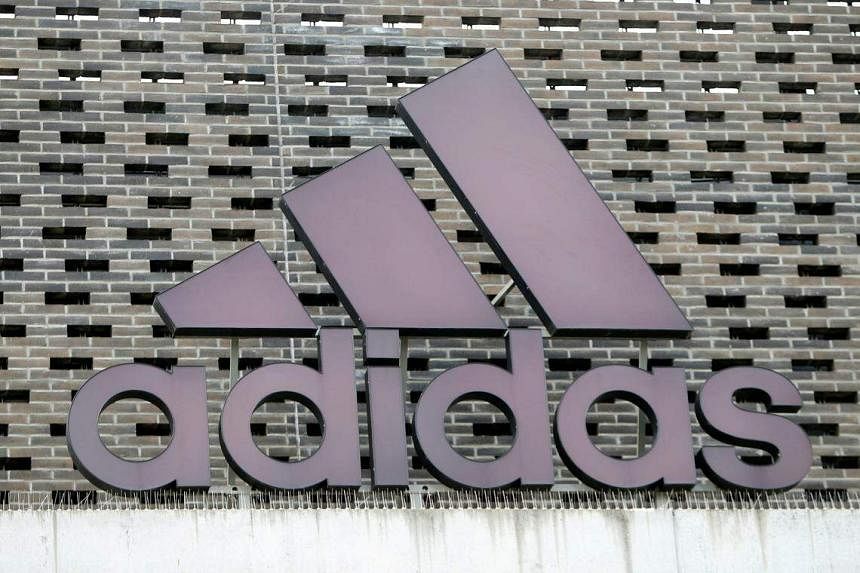WASHINGTON - Sportswear maker Adidas on Wednesday reversed course and said it was withdrawing a request to the United States Trademark Office to reject a Black Lives Matter application for a trademark featuring three parallel stripes.
“Adidas will withdraw its opposition to the Black Lives Matter Global Network Foundation’s trademark application as soon as possible,” a spokesman for the German company said, without giving a reason for the decision.
Adidas told the trademark office in a Monday filing that the Black Lives Matter Global Network Foundation’s yellow-stripe design would create confusion with its own famous three-stripe mark.
It sought to block the group’s application to use the design on goods that the German sportswear maker also sells, such as shirts, hats and bags.
Adidas said in the filing that it has been using its logo since as early as 1952, and that it has acquired “international fame and tremendous public recognition”.
Adidas has filed over 90 lawsuits and signed more than 200 settlement agreements related to the three-stripe trademark since 2008, according to court documents from a lawsuit the company brought against designer Thom Browne’s fashion house.
A jury in that case decided in January that Thom Browne’s stripe patterns did not violate Adidas’ trademark rights.
The Black Lives Matter Global Network Foundation is the most prominent entity in the decentralised Black Lives Matter movement, which arose a decade ago to protest against police violence against black people.
The group applied for a federal trademark in November 2020 covering a yellow three-stripe design to use on a variety of products including clothing, publications, bags, bracelets and mugs.
Adidas said in its Monday filing that the group’s design was confusingly similar to its logo, and that consumers would likely think their goods were connected or came from the same source. REUTERS

